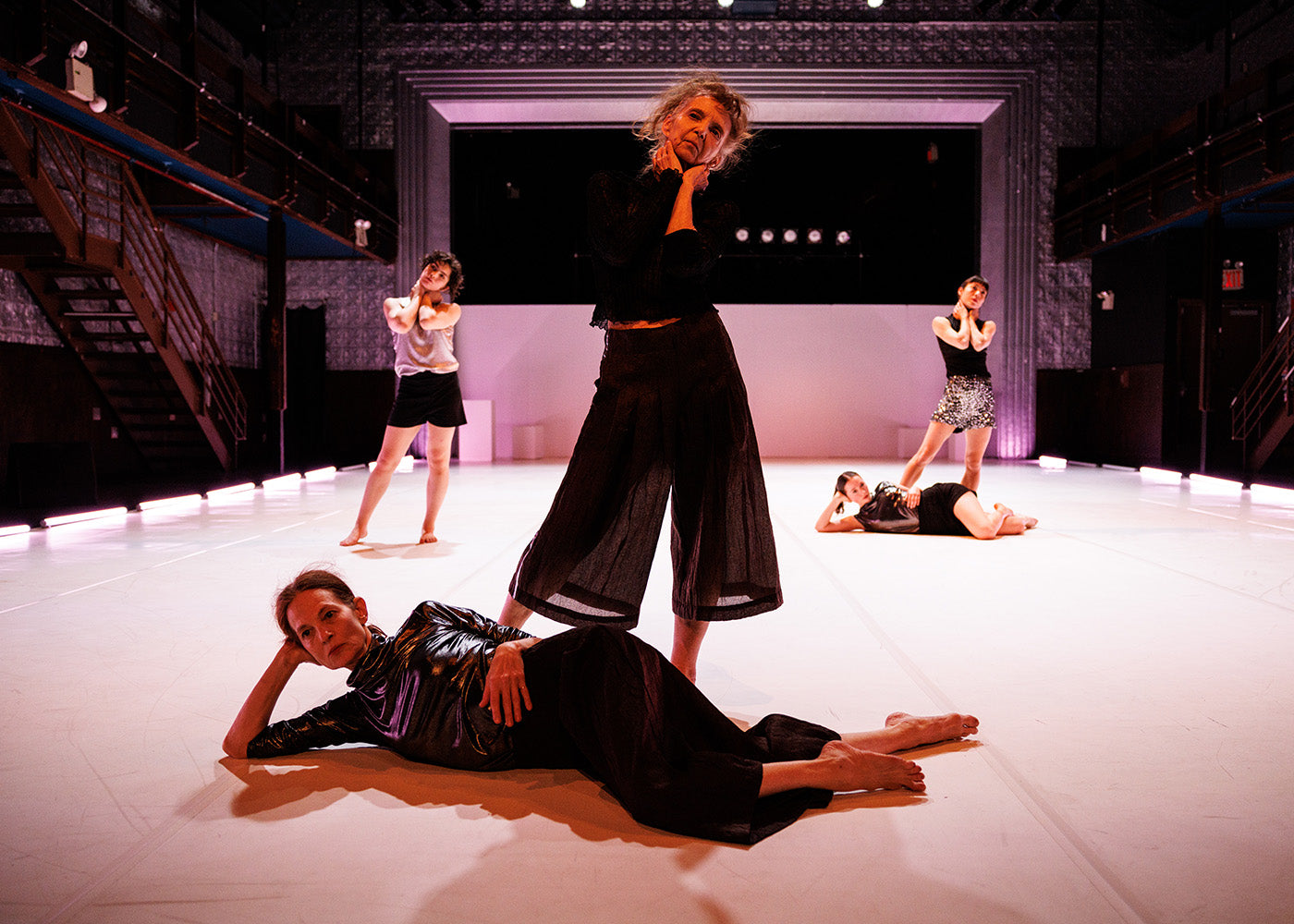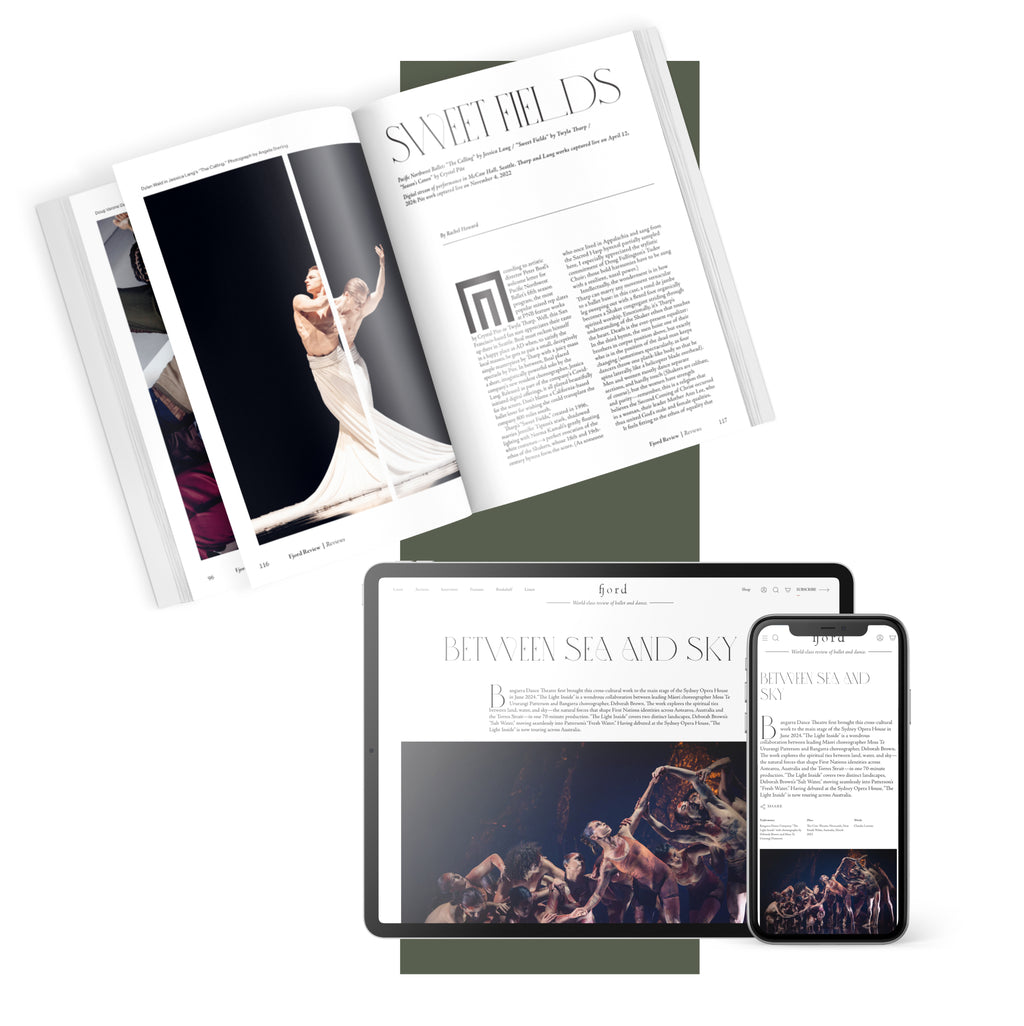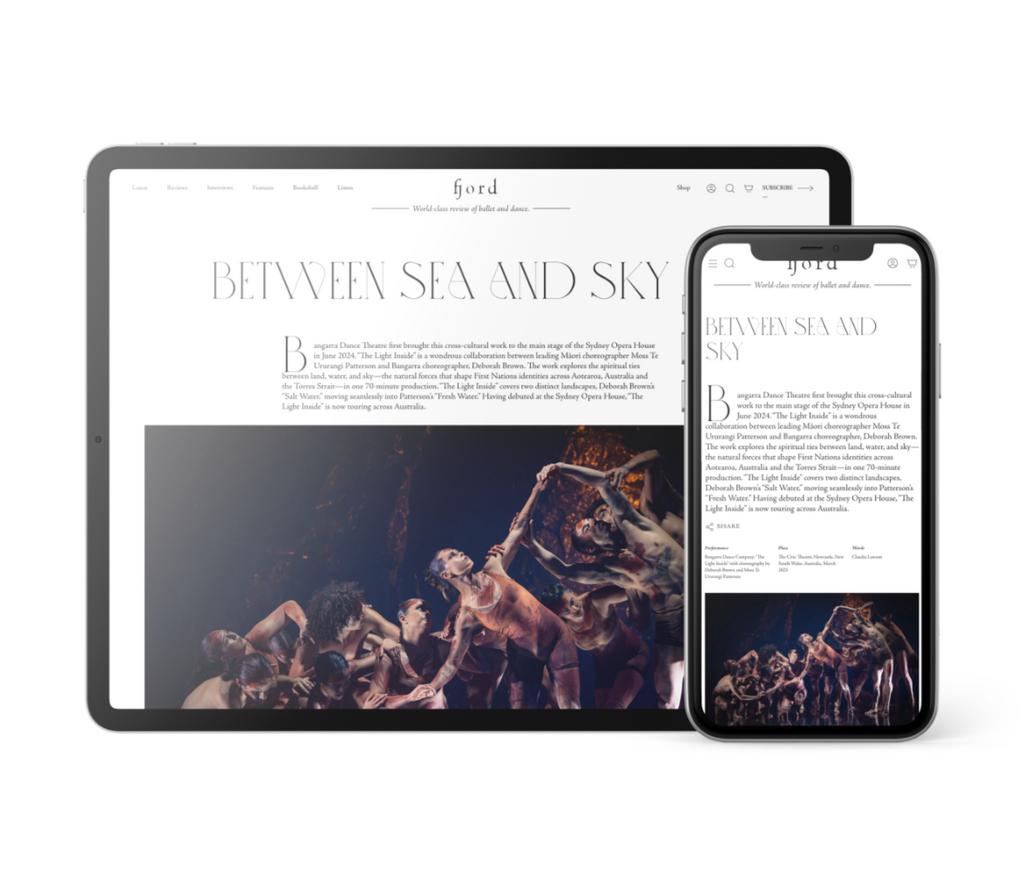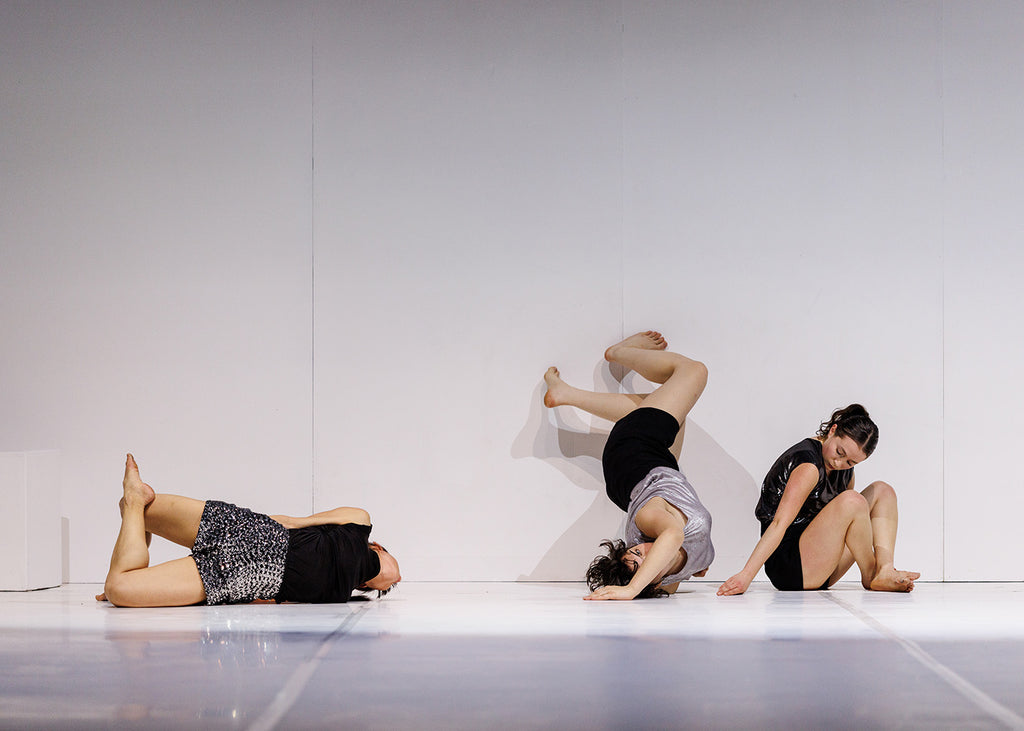Float like a Butterfly
Sans tutu or pointe shoes, New York Ballet principal Sara Mearns delivered a knock-out punch in her 20-minute solo, “Zebra.”
Continua a leggere
World-class review of ballet and dance.
Three dancers drip down a wall like paint. Their backs press against the background as they slowly bend their knees, oozing down a blank canvas. This is a scene from John Jasperse's latest work, “Tides,” which had its premiere as part of the La MaMa Moves! Dance Festival April 10-13.
Performance
Place
Words



“Uncommonly intelligent, substantial coverage.”
Your weekly source for world-class dance reviews, interviews, articles, and more.
Already a paid subscriber? Login

Sans tutu or pointe shoes, New York Ballet principal Sara Mearns delivered a knock-out punch in her 20-minute solo, “Zebra.”
Continua a leggereJapan Society’s Yukio Mishima centennial series culminated with “Mishima’s Muse – Noh Theater,” which was actually three programs of traditional noh works that Japanese author Yukio Mishima adapted into modern plays.
Continua a leggereThroughout the year, our critics attend hundreds of dance performances, whether onsite, outdoors, or on the proscenium stage, around the world.
Continua a leggereOn December 11th, the Alvin Ailey American Dance Theater presented two premieres and two dances that had premiered just a week prior.
Continua a leggere
comments